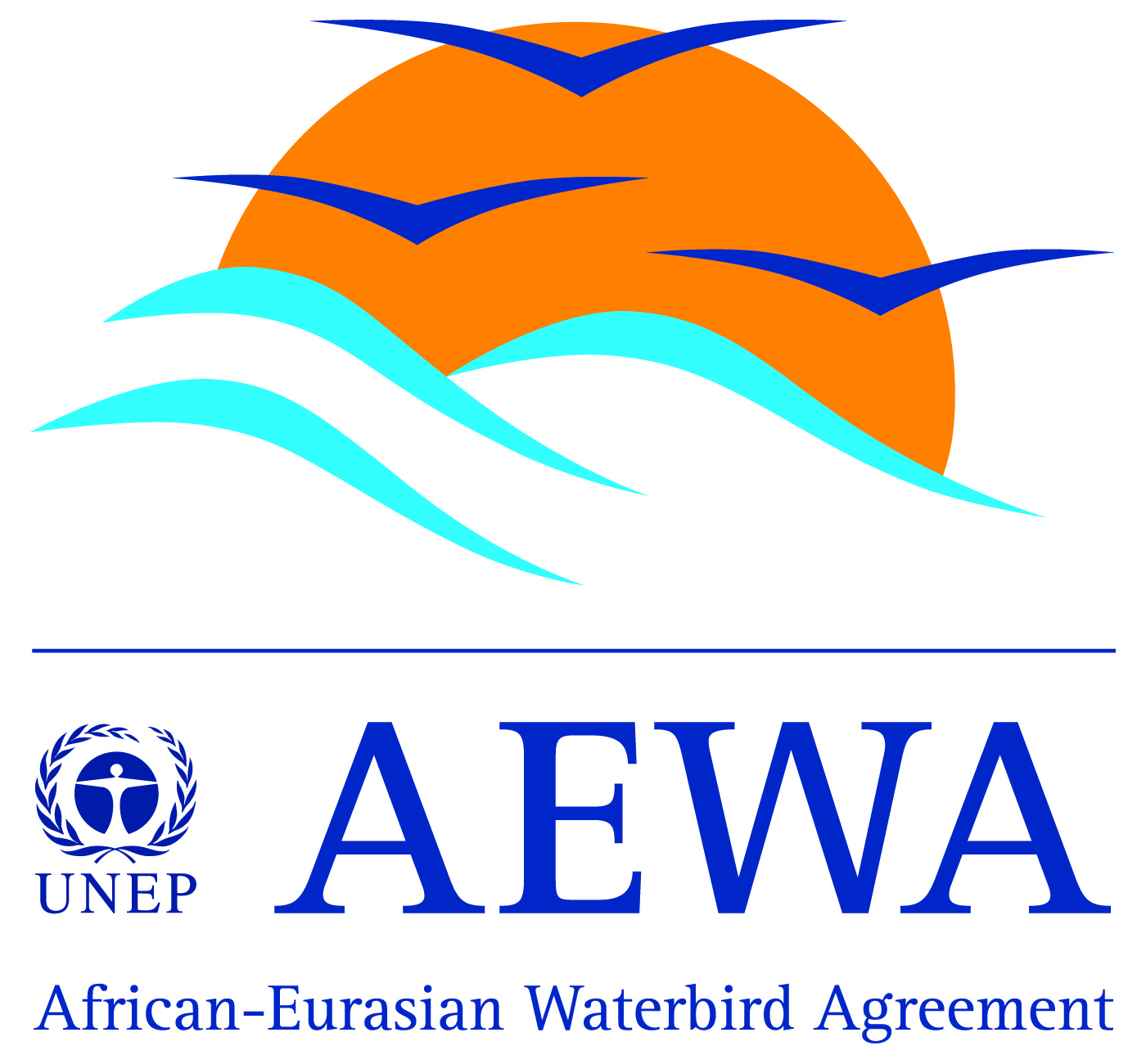Artificial reefs as juvenile fish habitat in a marina
-
Published source details
Patranella A., Kilfoyle K., Pioch S. & Spieler R.E. (2017) Artificial reefs as juvenile fish habitat in a marina. Journal of Coastal Research, 33, 1341-1351.
Published source details Patranella A., Kilfoyle K., Pioch S. & Spieler R.E. (2017) Artificial reefs as juvenile fish habitat in a marina. Journal of Coastal Research, 33, 1341-1351.
Actions
This study is summarised as evidence for the following.
| Action | Category | |
|---|---|---|
|
Create large adjoining cavities or ‘swimthrough’ habitats (>100 mm) on subtidal artificial structures Action Link |
|
-
Create large adjoining cavities or ‘swimthrough’ habitats (>100 mm) on subtidal artificial structures
A replicated, paired sites, controlled study in 2015–2016 on a seawall in a marina in Port Everglades, USA (Patranella et al. 2017) found that creating large swimthrough habitats in front of the seawall increased the fish species richness and abundance on and around seawall surfaces, but that effects varied depending on the species, size class and survey month. Over 14 months, total fish abundance was higher on and around seawall surfaces with swimthroughs (1,614 individuals) than those without (655 individuals). Fish species richness and average abundance (all size classes combined) was also higher (swimthroughs: 4 species and 10 individuals/survey; no swimthroughs: 2 species and 4 individuals/survey). This was also true for fishes in 20–300 mm size classes (swimthroughs: 0–2 species and 1–3 individuals/survey; no swimthroughs: 0–1 species and individuals/survey), but not for smaller or larger groups (both 0 species/survey; swimthroughs: 0–1 individuals/survey; no swimthroughs: 0 individuals/survey). Species abundances around seawall surfaces with and without swimthroughs varied depending on the species, size class and survey month (see paper for results). Sixteen species recorded on and around swimthroughs were absent from seawall surfaces without. Large swimthrough habitats (length: ~510 mm; width: ~250 mm; height: ~100 mm) were created by placing concrete bricks as spacers between four horizontally-stacked concrete paving slabs (510 × 510 mm). Twelve stacks of pavers with three swimthroughs/stack were placed at 1–3 m depth on silty seabed 0.5 m in front of a seawall in February 2015. Fishes were counted on and around sections of the seawall (1.5 × 1.5 m) with and without swimthroughs over 14 months.
(Summarised by: Ally Evans)
Output references
|
|





)_2023.JPG)














